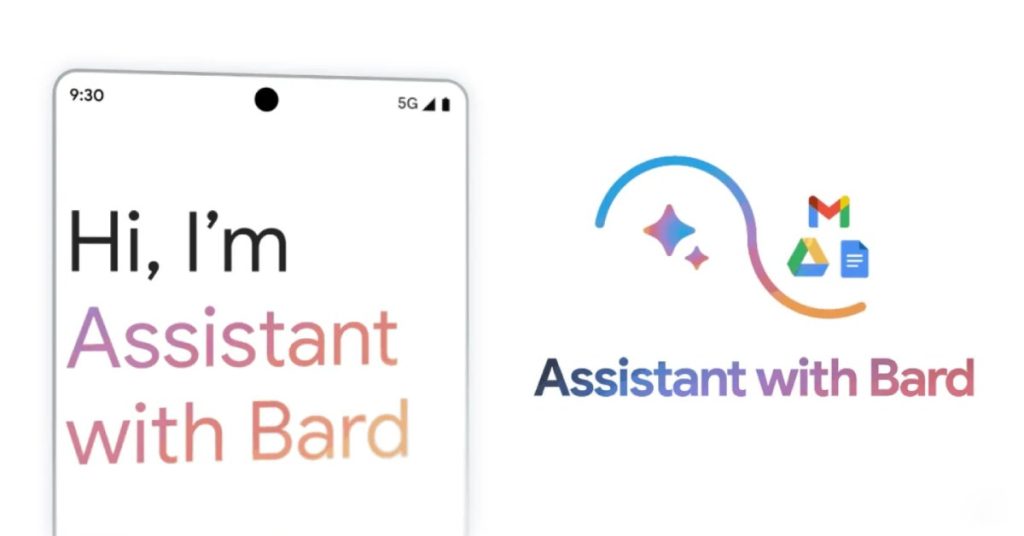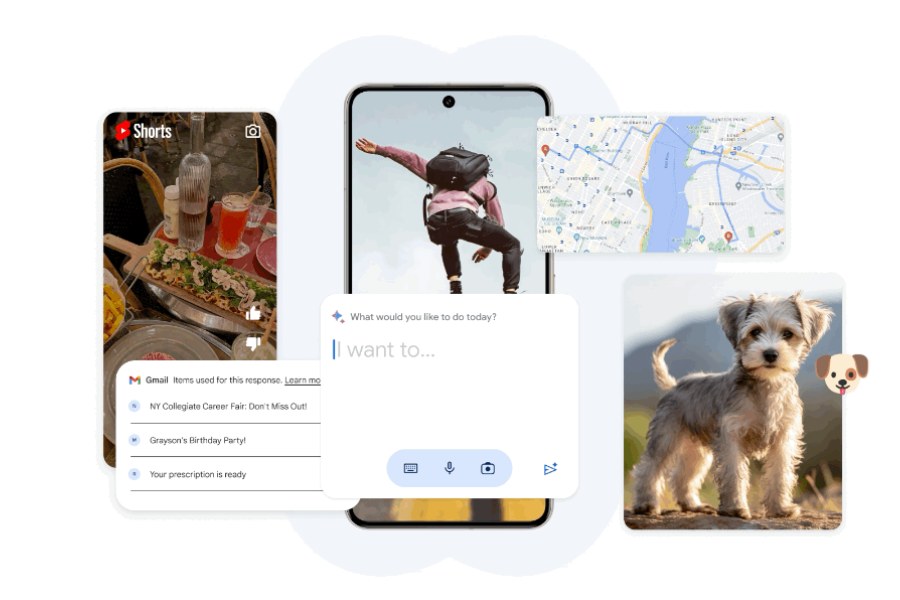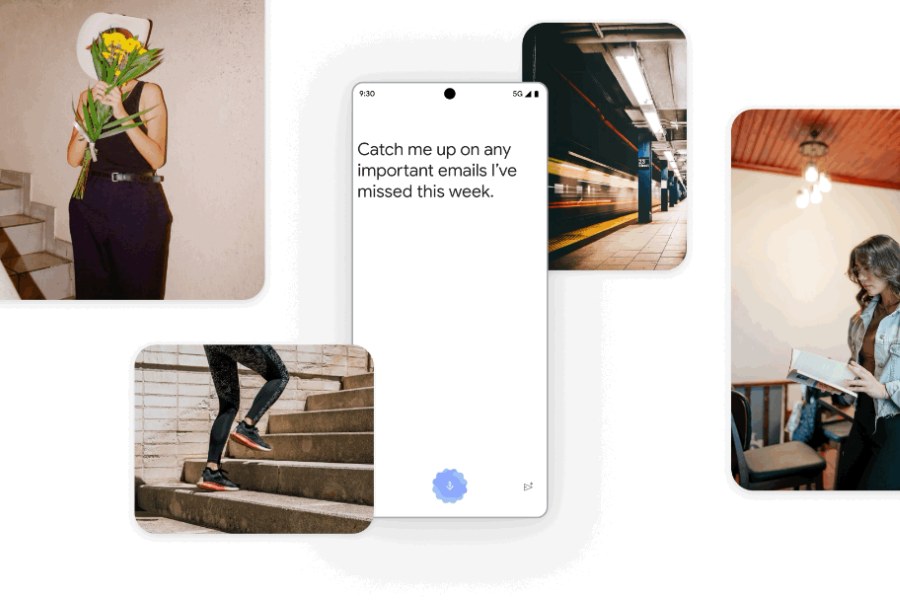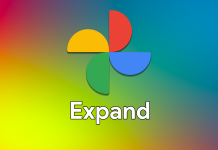Google Assistant is currently the best virtual assistant on the market. But Google is aiming to make it even smarter by integrating the generative AI capabilities of Bard, a large language model that can generate and reason with text, voice, and images.

The new assistant, called simply “Assistant with Bard,” will be able to help users with a variety of tasks, including planning trips, finding emails, creating lists, and writing social posts. Users will be able to interact with Assistant with Bard through text, voice, or images.
Assistant with Bard will also be contextually aware, meaning that it will be able to use the input from the sensors in an Android device, such as the camera, voice input, or presence detection, to understand the user’s intent and provide relevant responses.

For example, on Pixel devices, users can pop up Assistant with Bard on top of a photo to get contextual assistance with personal tasks, such as asking it to write a social caption.
Google says that Assistant with Bard will be integrated with some of the Google services that users already use, such as Gmail and Docs, making it easier to stay on top of the most important things in their lives.
For example, users can ask Assistant with Bard to “Catch me up on any important emails I missed this week” to get a rundown on the key emails they need to know about.

The company also announced that the Pixel 8 Pro is the first phone to run the company’s foundation AI models directly on the device. This means that the device will be able to run generative AI with up to 150 times more computations than the largest machine learning (ML) model on Pixel 7. This will lead to improved AI experiences on Pixel 8 Pro, such as an improved magic eraser feature that can help users remove large objects and people without smudging their photos.
Assistant with Bard is still in early development, so the company is rolling it out to a limited group of testers to get feedback before releasing it to the public in the next few months. This means that most of us will need to wait a while to use these features.
Related:
- Google releases Gmail app for Wear OS
- Google Pixel 8 receives decent repairability scores in teardown video
- Google Pixel 8 Pro launched with Tensor G3 chip, upgraded cameras, thermometer
- Google Pixel 8 Launched With 120Hz Display, 7 Years Of OS Updates
- Google Pixel Watch 2 Unveiled With Temperature Sensor, Enhanced Safety Features
- Android 14 Announced: New Features for Customization, Control, Accessibility, and the First Phones to Get the Update
(Via)





